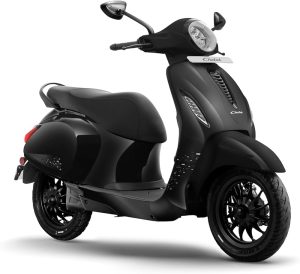Different Types of Excavator That You Can Use

The rise of human curiosity to explore and attain new height, have given a very high surge to rock drilling activities. Some of you do it for oil and mineral extraction while many others do it for construction purposes. The motive for every work is different, and so are the types of equipment.
Even the excavators that you use on your site are available in multiple types that you can choose according to your work nature. All of these are specially developed for specific workloads with safety and reliability that never existed before.
Of course, you can skip reading, but if you don’t want to invest in wrong equipment, a little knowledge is a must. Here are some excavator types that you may need for your work.
Wheeled Excavator
The wheeled excavators are heavy construction equipment that consists of a giant arm system on a rotating house. The driver sits in the housing and has the flexibility to move 360 degrees according to the work requirement. The arm of this machine usually, has a bucket attached at the end, but you can always connect it with attachments like an excavator mounted drill if you want.
You can use this hydraulic operated arm to drill trenches, material handling, forestry work lifting and much more.
Crawlers
Crawlers are also known as tracked excavators due to their high power arm and driving system. Its working is very similar to that of a wheeled excavator, but it uses chain drive for locomotion instead of four-wheel drive.
This equipment is recommended for grading and landscaping of hilly areas, as its wheel minimizes the risk of sliding down, and it have a very versatile framework.
It offers better stability and pressure distribution through its chain system, but it’s slow in movement and needs a carrier truck to shift it from one site to another. It is never a wise choice if you have to work in the urban area or have to move frequently.
Backhoe Excavator
It is the most common type of excavator as it serves many aspects of construction and excavation with ease. These machines have a loader in the front that you can use to lift, and a hydraulic arm at the back that works very similar to that of crawler and wheel excavator.
The machine is applicable for soil mining, construction, lifting and at the same time, very compatible with excavator mounted drill and other similar attachments. You can say that the machine is perfect for precise work like house renovation, to heavy work, like supplementing your oil drilling rigs.
Suction Excavator
Suction excavators are a type of large scale vacuum cleaners that are used to carry away loose soil and debris. The machine comes with a sharp end pipe that can cut clay, when accompanied by pre-wetting of land, with a high power water jet.
The nozzles of suction hose often have two handles that the operator can use to hold the tube. In many cases, the vents also have a collar which helps to drop anything picked by the machine but is too large to pass through the tunnel.
This excavator is suitable for safely finding and seeking underground utilities and that too with minimal risk of damage.
Dragline Excavator
Dragline is the best option for intense surface mining and massive civil engineering works. The excavator is among some of the most extensive equipment ever made by humans. These excavators are available in two types according to workload capacity and location.
Mobile draglines excavators– These are the compact form of these excavators that consist of a winch drum attached to a standard crawler. These units are ideal for civil engineering works like the construction of roads, port, pond, canals, and even as pile driving rigs.
On-site dragline Excavators– This large variant of dragline excavator is best for strip mining, removing the burden from coal and sometimes for oil sands drilling. The machine is so massive that it is impossible to transport it in one piece. You have to bring it in parts and then assembled them on the site.
End Word
The modern technologies have influenced the way of construction and drilling to a very great extent, with exclusive design and high-performance machine, but it’s not the end.
There are companies which are passionately working to improve further, for automation of these processes. It won’t be a surprise if you see a large dragline excavator working on its own in the coming times, so stay up to date with the new trends for better and safer working experience.






